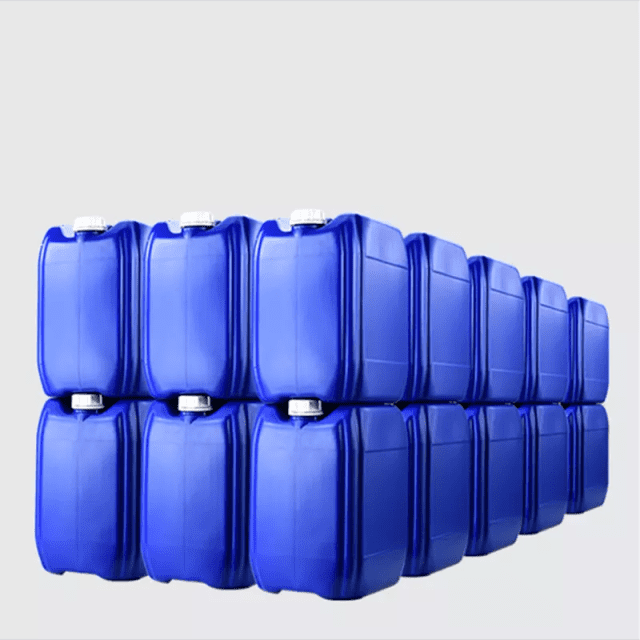A Comprehensive Overview of Methyl Glycol Structure
Introduction
Methyl glycol, also known as 2-methoxyethanol, is a significant organic compound in the chemical industry. This colorless liquid is characterized by a methoxy group (-OCH3) attached to the second carbon of an ethanol molecule. This article aims to provide a detailed understanding of the methyl glycol structure, its properties, synthesis, applications, and safety measures.
Structure and Properties
Methyl glycol has a molecular formula of C3H8O2 and a molar mass of 76.09 g/mol. The structure of methyl glycol consists of a two-carbon chain, with a hydroxyl group (-OH) attached to one carbon and a methoxy group attached to the other. This structure allows methyl glycol to act as a bifunctional molecule, capable of participating in reactions through both its hydroxyl and methoxy groups.
Methyl glycol is a colorless liquid with a mild, ether-like odor. It is highly soluble in water and most organic solvents. Its boiling point is 124.5°C, and its melting point is -81°C. The compound also has a moderate refractive index and a relatively low vapor pressure.
Synthesis
The synthesis of methyl glycol involves the reaction of methanol with ethylene oxide. This reaction is typically carried out in the presence of an acid catalyst to facilitate the ring-opening of the ethylene oxide and the subsequent formation of the methyl glycol. The product is then purified through distillation to remove any unreacted starting materials and by-products. The synthesis process requires careful handling due to the reactivity and potential health hazards associated with the compound.

Applications
Methyl glycol serves a wide range of applications in the chemical industry. It is primarily used as a solvent in various industrial processes, including the production of paints, coatings, and inks. Its high solubility in water and organic solvents makes it an effective solvent for a variety of substances.
In addition to its use as a solvent, methyl glycol is also used as a building block in the synthesis of more complex organic compounds. For instance, it is used in the production of pharmaceuticals, surfactants, and plasticizers. Its bifunctional nature allows it to participate in a variety of chemical reactions, making it a versatile reagent in organic synthesis.
In the pharmaceutical industry, methyl glycol is used in the synthesis of various drugs, including antiviral and anticancer agents. Its ability to act as a nucleophile and its bifunctional nature make it a valuable reagent in the formation of various pharmaceutical compounds.
In the surfactant industry, methyl glycol is used to produce compounds with surfactant properties. Its ability to donate a pair of electrons makes it an effective catalyst in the formation of these compounds.
Safety Measures
Handling methyl glycol requires strict safety measures due to its reactivity and potential health hazards. It can cause skin and eye irritation, and prolonged exposure may lead to respiratory problems. Therefore, it is essential to use personal protective equipment, including gloves, safety glasses, and lab coats, when handling this compound. In case of a spill, absorb the liquid with an inert material and dispose of it following local regulations.

